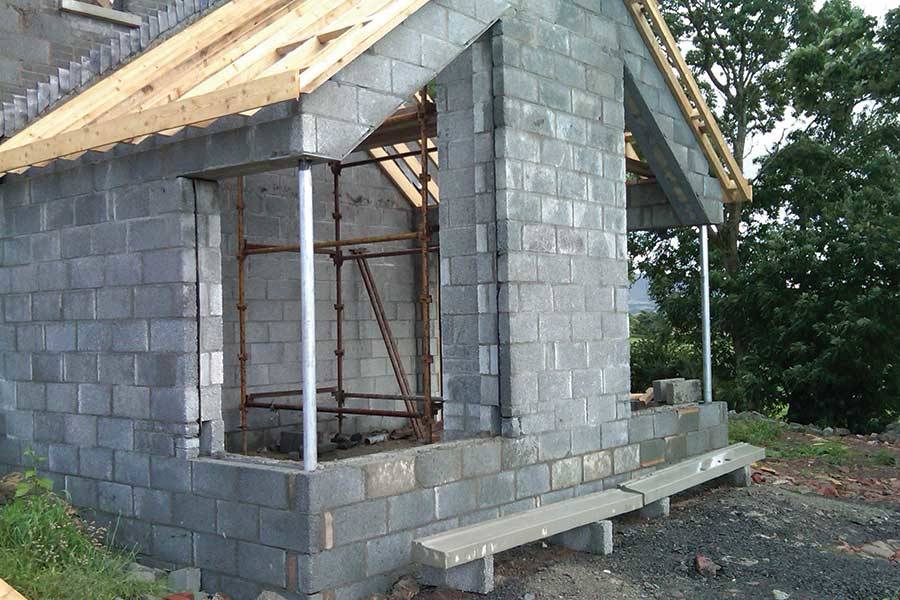Self-builders want their energy efficiency investments to have a pay back of less than four years, highlights a study by the Sustainable Energy Authority of Ireland (SEAI).
As the Deep Retrofit Conference kicks off today at the Aviva Stadium in Dublin, we thought it might be a good idea to review the SEAI’s recently published (albeit not very enticingly named) Behavioural insights on energy efficiency in the residential sector report. At the conference Minister for Energy Naugheten announced the introduction of 95 per cent subsidies for those in energy poverty. He said ‘almost all’ of the 1.3 million homes in ROI needed a deep retrofit,with SEAI figures showing the Irish energy retrofit market could be worth over €35 billion to 2050. Naughten also hinted at the importance of the Internet of Things and the rollout of broadband to rural areas as a key measure to reduce energy use at source. The Deep Retrofit Conference is the first of its kind in Ireland to look at how to achieve zero energy buildings by 2020 in new builds.What makes us tick
An interesting finding from the ROI energy authority is that it estimates that a ‘deep retrofit’ – bringing a property from a G on the Building Energy Rating (BER) scale to current standards – could cost a whopping €30,000 to €40,000. SEAI chief executive Jim Gannon commented at today’s conference on the need to inform consumers on the benefits of deep retrofit – from health, comfort and energy savings – highlighting the challenges associated to the €25,000+ investment required for a significant upgrade. Over 150,000 dwellings in ROI are G-rated with over one million dwellings with a BER rating of C or lower. The report also estimates that more than one in four ROI households could be in energy poverty (defined as more than 10 per cent of household income required to maintain set comfort levels). While comfort and health are key factors in decision making, cost unsurprisingly remains the most significant barrier to a significant uptake in energy efficiency measures. Over 70 per cent of respondents stated that “not having sufficient funds” was the main reason for putting this type of home improvement work on the long finger. Grants are another important part of the equation, as they have an ’emotional impact’ – the SEAI quantifies that a €1 grant corresponds to €1.30 in consumers’ minds. Getting homeowners to carry out deep retrofits at their ‘trigger points’ – the time when they decide to invest in an energy upgrade – was a key finding. This is because a homeowner who has just carried out an extensive renovation but has not installed all the potential energy efficiency measures might not consider renovating the house again for 15 years. That said, households who had previously completed a retrofit were found to be willing to pay more than twice as much as homes retrofitting for the first time.Measures to help homeowners
The technicalities involved in a deep retrofit were also found to be too daunting for many homeowners. Tools have therefore been devised to help us understand and engage with our energy use, including energy efficiency pop-up shops and home energy saving kits which can be rented free of charge from all Dublin City libraries. An interactive BER map is also on the way – you will be able to see upgrades made on houses in your street to get a better understanding of what is possible for your own house. This new functionality will also help policymakers target their efforts. To address the thorny issue of cost, the SEAI has been busy trialing financing models – preferential loans or grants that rely on the support of a trusted energy adviser to carry out administrative tasks and direct the works in the home:- The Salary Incentive Scheme is similar to the Bike to Work scheme whereby an employer facilitates a low or interest free loan to an employee to undertake a medium size retrofit, including heating and insulation upgrades costing in the region of €7,000 to €10,000. Trials have been completed with EPS, Veolia and Tara Mines.
- Credit Union Schemes are similar to the above with energy consultants taking on a full project management role, including quality control inspections.
- Energy Agency Schemes target and subsidise deep retrofits; well established is the Tipperary Energy Agency’s Superhomes programme, which funds 50 per cent of a package of energy upgrades.
[adrotate group="4"]
[adrotate group="3"]



